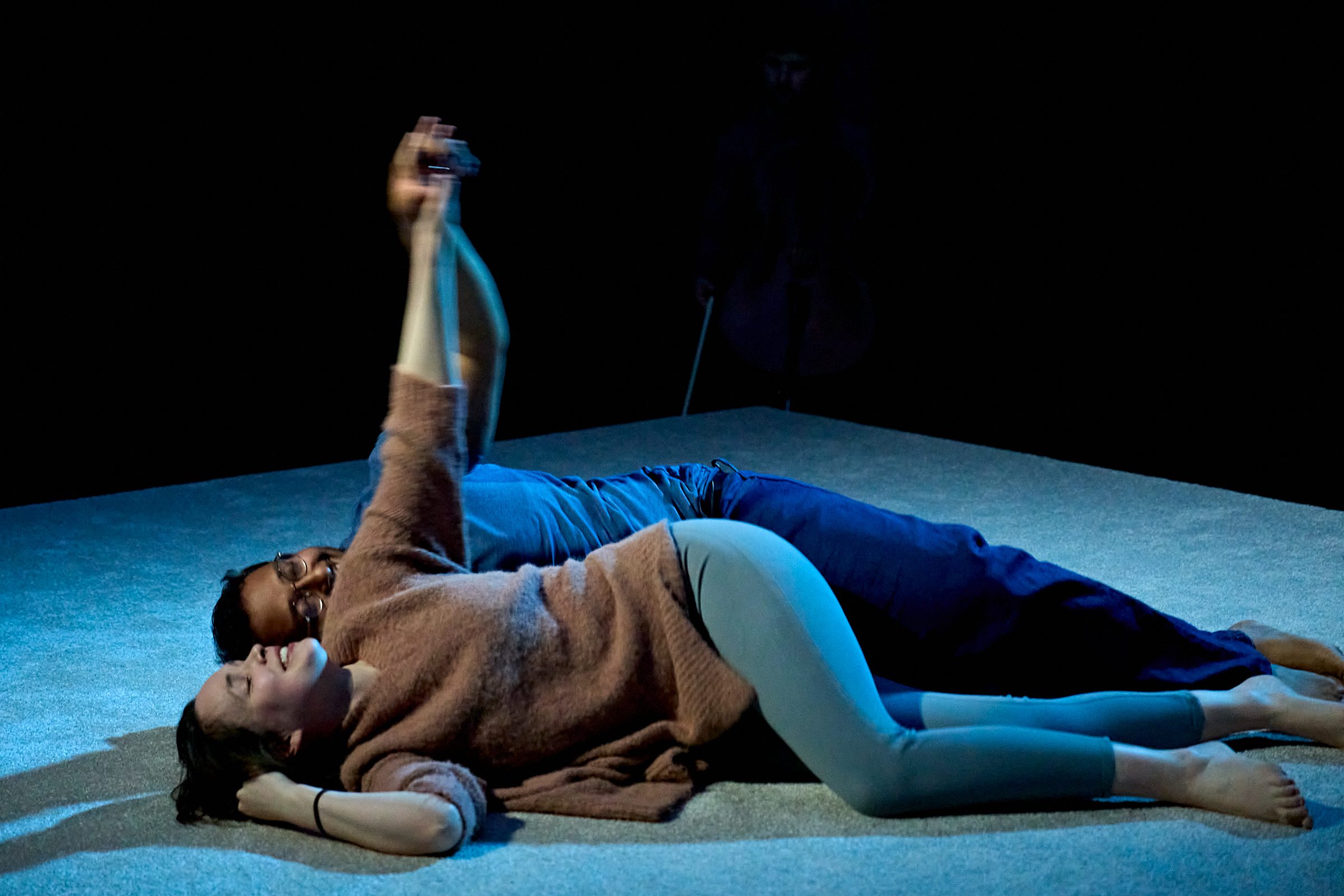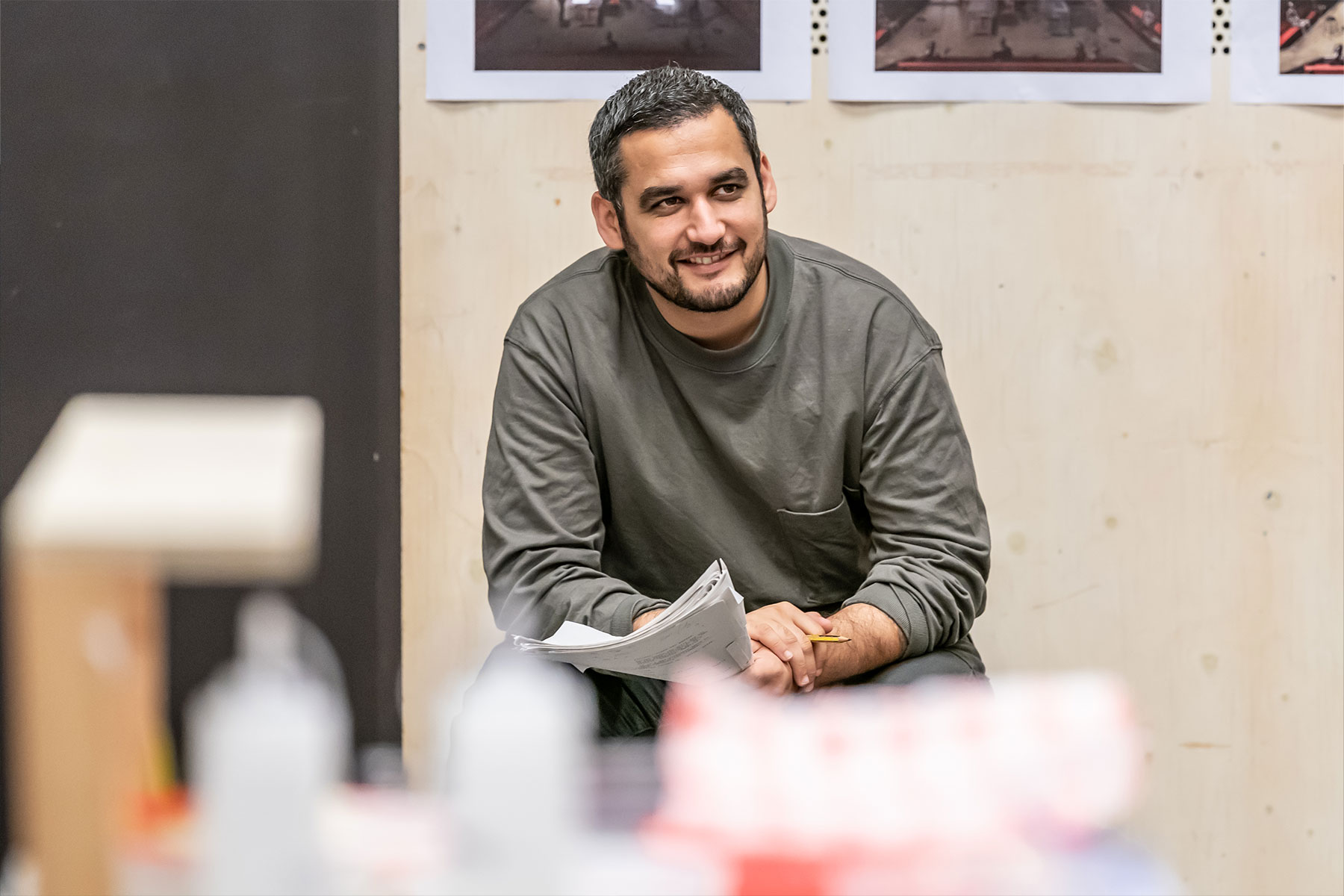Rigoletto
Back for its 12th revival in its 27-year history, Jonathan Miller’s iconic English National Opera production of Verdi’s Victor Hugo adaptation Rigoletto has lost none of its visceral power or sheer theatrical thrill. This is a fine revival of a production that remains an almost perfect introduction to opera for newcomers, as much as welcome return of an old friend to operatic old hands.
ENO seems to be following the current 80s revival. Its two opening productions this September were common to its season 27 years ago. While this Rigoletto revival opened on the eve of its 27th birthday (it premièred on 22 September 1982), the ENO’s first production of Ligeti’s Le Grand Macabre followed the same season on 2 December 1982 – but presumably their combination within a week 27 years on (the Ligeti in its revised version) was purely coincidental.
Both demand to be seen, but there is something quite special about Miller’s Mafiosi Rigoletto. That it can brush up so splendidly (obviously helped by the fact that Miller himself has overseen this revival) is partly to do with fresh blood in the production. It seems quite extraordinary that Anthony Michaels-Moore has never sung the title role in Britain, but this was his UK debut as Rigoletto, a part that fits him like a glove (unlike his misshapen, ill-fitting jacket), as the renowned Verdian singer that he undoubtedly is. He has the power as well as the pathos to carry the character and he quite rightly grabs our attention and makes us feel for the tragic situation he creates for himself.
The conductor Stephen Lord also makes his UK debut after years at Boston Lyric Opera and now Opera Theatre of St Louis. He whips up the ENO orchestra to fever-pitch to wrench every bit of emotion out of Verdi’s score. And the two other principal roles are sung by North American newcomers too: Michael Fabiano as the Duke of Mantua, his pinging, ringing tenor magnificently up to the challenge as he obviously relishes his character’s insouciant womanising; and Canadian Katherine Whyte, who looks more vulnerable in the final act in male disguise, than in the earlier scenes in her blue dress. Brindley Sherratt’s deep, dark bass is perfect for Sparafucile.
But this production really is an ensemble piece, with fine singing from the chorus as they strut, be-suited and dark-spectacled, across the stage, and herculean work from the back-stage crew as they manipulate the expansive sets, changing from the bar of the Duke’s headquarters to Sparafucile’s seedy Edward Hopper-inspired bar in the final act. The Coliseum stage is wide enough to give a proper sense of perspective, which Patrick Robertson and Rosemary Vercoe’s sets exploit magnificently, so poverty-stricken 1950s New York is realistically evoked: the very place of On the Waterfront and West Side Story.
It is Miller’s expert dovetailing of the story into this setting, complete with the Duke choosing “La Donna e mobile” (here translated as “Women abandon us”) from the juke box (or should that be Duke box?), that still engages and amazes. Thrilling theatre, thrilling music, thrillingly performed. Just go.
– Nick Breckenfield










